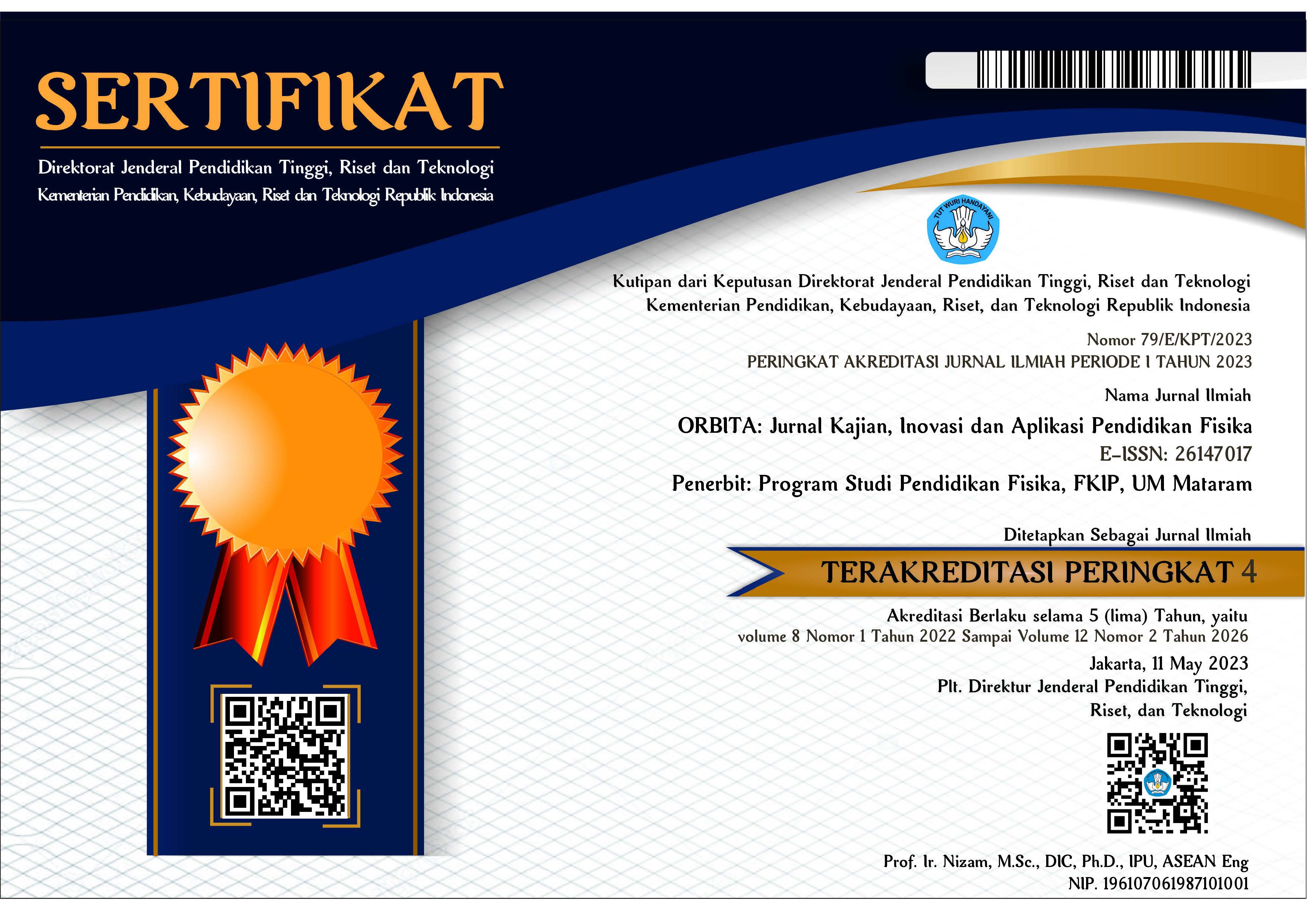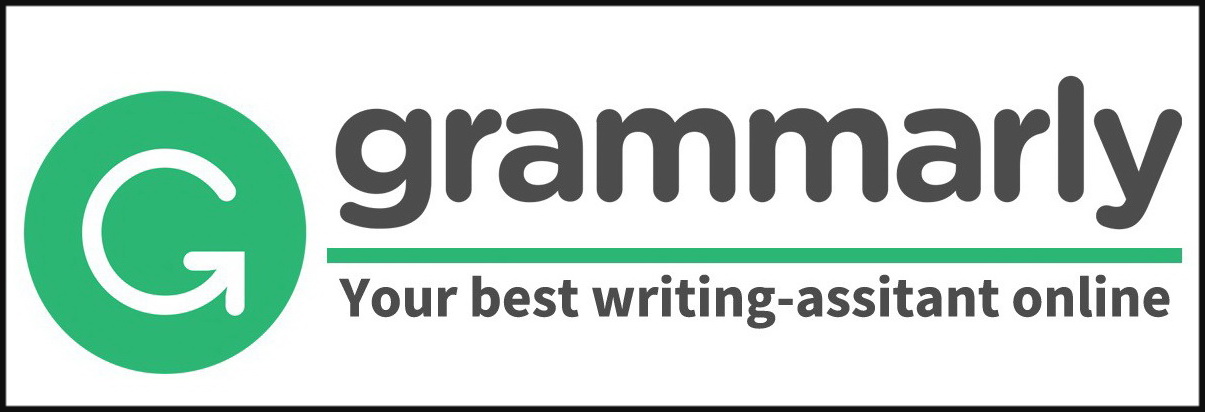PENGARUH PENERAPAN MODEL PEMBELAJARAN RYLEAC BERBASIS MOBILE LEARNING TERHADAP HASIL BELAJAR SISWA DI SMA NEGERI 2 GORONTALO
Abstract
ABSTRAK
Penelitian ini bertujuan untuk mengetahui bagaimana pengaruh penerapan model pembelajaran Ryleac berbasis Mobile Learning terhadap hasil belajar siswa kelas XI di SMA Negeri 2 Gorontalo. Penelitian ini dilaksanakan pada semester ganjil tahun ajaran 2021/2022. Metode penelitan yang digunakan yaitu eksperimen menggunakan satu kelas eksperimen dan dua kelas replikasi. Tempat pelaksanaan penelitian ini di SMA Negeri 2 Gorontalo kelas XI dengan subjek penelitian kelas XI IPA 2 dengan jumlah siswa 33, XI IPA 4 dengan jumlah siswa 32, dan XI IPA 6 dengan jumlah siswa 32. Pengumpulan data hasil belajar dilakukan berdasarkan penilaian hasil test. Analisis data penelitian menggunakan uji normalitas, analisis, uji hipotesis dan uji n-gain. Berdasarkan pengujian hipotesis diketahui harga t hitung pada tiga kelas yaitu, kelas XI IPA 2 28,052, Kelas XI IPA 4 26,671, Kelas XI IPA 6 15,763 dimana untuk harga t tabel untuk ketiga kelas yaitu Kelas XI IPA 2 2,035, untuk kelas XI IPA 4 dan XI IPA 6 yaitu 2,037, maka H1 diterima dan H0 ditolak. Hal ini menunjukan bahwa pembelajaran menggunakan model pembelajaran Ryleac berbasis Mobile Learning berpengaruh positif terhadap Hasil Belajar siswa. Dilihat dari rata-rata nilai pretest dan posttest siswa dari kelas eksperimen, replikasi 1 maupun replikasi 2 maka dapat di simpulkan bahwa terdapat pengaruh model pembelajarn Ryleac berbasis Mobile Learning terhadap hasil belajar siswa kelas XI di SMA Negeri 2 Gorontalo dengan n-gain kriteria sedang.
Kata kunci: Ryleac; Mobile Learning; Hasil Belajar.
ABSTRACT
This study aims to determine how the influence of the application of the Ryleac learning model based on Mobile Learning on the learning outcomes of class XI students at SMA Negeri 2 Gorontalo. This research was conducted in the odd semester of the 2021/2022 academic year. The research method used is an experiment using one experimental class and two replication classes. The place for this research was in SMA Negeri 2 Gorontalo class XI with research subjects in class XI IPA 2 with 33 students, XI IPA 4 with 32 students, and XI IPA 6 with 32 students. Data collection on learning outcomes was carried out based on the assessment of test results. Analysis of research data using normality test, analysis, hypothesis testing and n-gain test. Based on the hypothesis testing, it is known that the t-count value in three classes, namely, class XI IPA 2 28.052, Class XI IPA 4 26,671, Class XI IPA 6 15,763 where for the t table price for the three classes, namely Class XI IPA 2 2,035, for class XI IPA 4 and XI IPA 6 is 2.037, then H1 is accepted and H0 is rejected. This shows that learning using the Ryleac learning model based on Mobile Learning has a positive effect on student learning outcomes. Judging from the average pretest and posttest scores of students from the experimental class, replication 1 and replication 2, it can be concluded that there is an influence of the Ryleac learning model based on Mobile Learning on the learning outcomes of class XI students at SMA Negeri 2 Gorontalo with moderate n-gain criteria.
Keywords: Ryleac; Mobile Learning; Learning Outcomes.
Keywords
Full Text:
PDFReferences
Abdjul. T. (2018). The Application of the Ryleac Learning Model in the Concept of Electricity and Magnet towards the Improvement of Studies’ Process Skill at Physics Departement. Global Journal Of Educational Studies vol. 4 No. 2.
Ally, M. (2012). Mobile Learning: transformingthe delivery of education and training. Quebec: AU Press.
Arikunto, Suharsimi. (2012). Prosedur Penelitian. Jakarta: Rineka Cipta
Novianti. (2020). kurikulum dan masa pembelajaran di masa pandemi covid- 19. UNES
Satrianingrum, A. P., & Prasetyo, I. (2020). Persepsi Guru Dampak Covid-19 terhadap Pelaksanaan Pembelajaran Daring di PAUD. Jurnal Obsesi : Jurnal Pendidikan Anak Usia Dini, 5(1), 633-640.
Setyhandani, dkk . (2018). Pengembangan media pembelajaran fisika berbasis android pada materi getaran dan gelombang cahaya di kelas XI SMA Negeri 2 Ketapang. Jurnal pendidikan sains dan aplikasinya (IPSA) Vol. 1 No 1 (2018) November 2018
Sheskin. (2000). Hand Book of Parametric non Parametric Statistical Procedures ed. 2. New York: by Chapman & Hall/CRC.
Sudjana. (2015). Pembinaan dan Pengembangan kurikulum di Sekolah. Jakarta: Sinar Baru Algensindo.
Sugiyono. (2014). Metode Penelitian Kuantitatif, Kualitatif, dan R&D. Bandung: Alfabeta
DOI: https://doi.org/10.31764/orbita.v8i1.8073
Refbacks
- There are currently no refbacks.

This work is licensed under a Creative Commons Attribution-ShareAlike 4.0 International License.
______________________________________________________
ORBITA: Jurnal Pendidikan dan Ilmu Fisika
p-ISSN 2460-9587 || e-ISSN 2614-7017
This work is licensed under a Creative Commons Attribution-ShareAlike 4.0 International License.
EDITORIAL OFFICE:


























